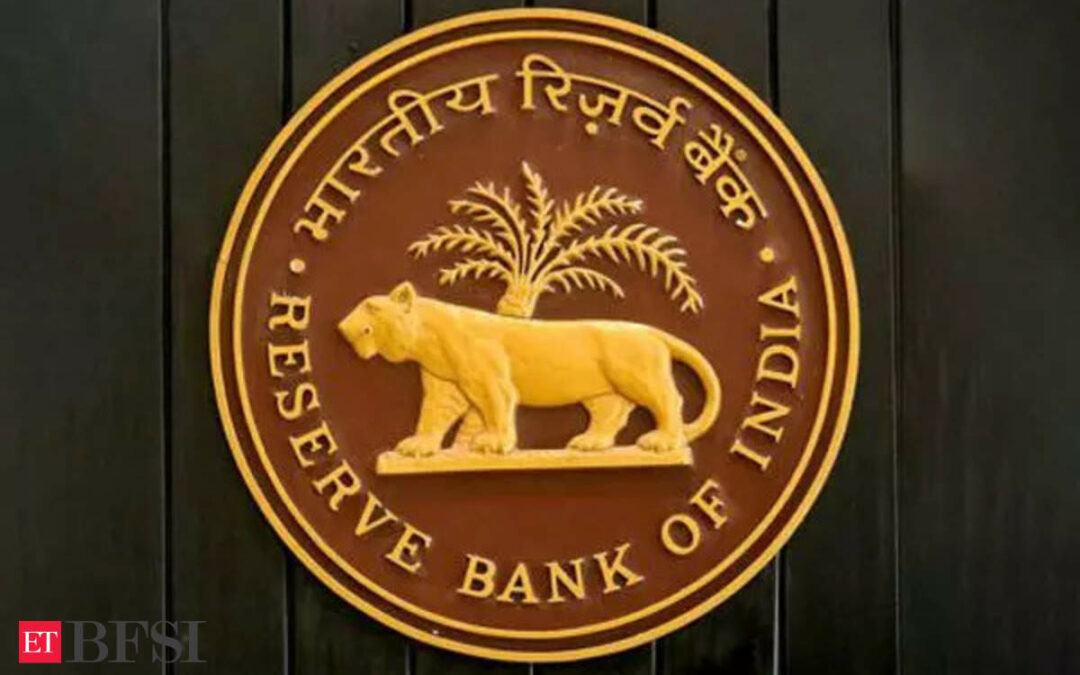The Reserve Bank of India deputy governor Michael Patra has said that during crises triggering depositor panic, CBDCs could be perceived as a safe haven, thus rendering bank deposits, particularly uninsured deposits, more prone to withdrawal and hence the risk of bank runs.
“For deposit insurers, factors of key interest would be the degree of replacement of bank deposits by CBDC, the division of labour between central and commercial banks and the degree of privacy attached to CBDC usage, he said in his keynote address at the International Association of Deposit Insures (IADI) Asia Pacific Regional Committee (APRC) International Conference hosted by Deposit Insurance and Credit Guarantee Corporation.
He said the digital innovations in currencies and payment systems merit special attention as both have implications for deposit insurance.
“The first one is CBDC – legal tender or fiat currency issued by a central bank in a digital form. The major advantages of CBDCs are the finality of transactions (settlement risks is eliminated as there is no bank intermediation), and real-time and cost effective globalisation of payment systems,” Patra said, adding that in the medium term, adoption of CBDCs by unbanked people could enhance financial inclusion.
“As an increasing number of central banks face the risk of large-scale use by the public of private or digital instruments that may not be backed by or denominated in the domestic currency, CBDCs may assist in mitigating this risk by being a central bank liability and a form of digital cash,” he said. To the public, they would be an alternative to central bank issued cash and – to a certain extent – to private money, such as bank deposits. he added.
The risks
Stating that the impact of CBDC on deposits and hence deposit insurance is largely unknown as of today, the deputy governor said the operating models and design features of each individual jurisdiction’s CBDC will be a crucial factor in expanding our understanding of the balance of risks.
“For deposit insurers, factors of key interest would be the degree of replacement of bank deposits by CBDC, the division of labour between central and commercial banks and the degree of privacy attached to CBDC usage,” he said.
They also need to contend with the possibility that during crises triggering depositor panic, CBDCs could be perceived as a safe haven, thus rendering bank deposits, particularly uninsured deposits, more prone to withdrawal and hence the risk of bank runs, he said.
“Given the inherent links between such systems and the objectives and operations of deposit insurers, it is expected that the topic of CBDC will continue to grow in relevance for deposit insurers and the IADI, warranting the need to keep abreast of developments and policy deliberations as they emerge,” he said.











